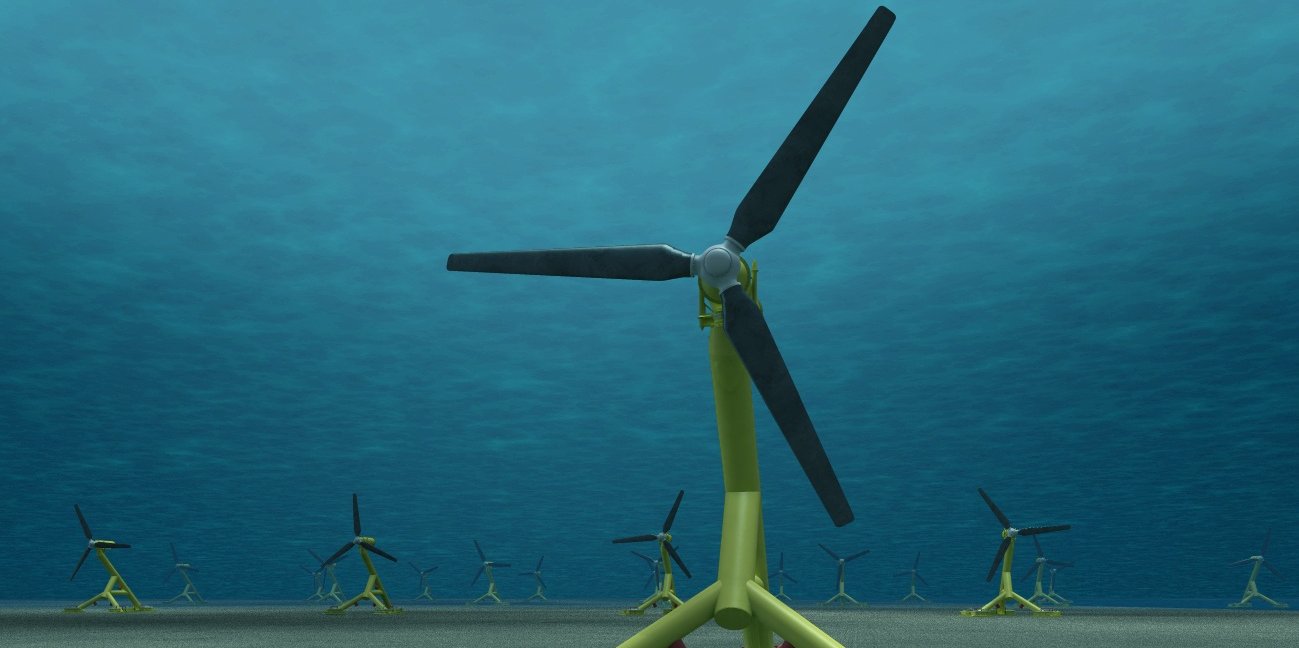

Tidal power
Tidal power, also called tidal energy, is a form of hydropower that converts the energy of tides into useful forms of power, mainly electricity.
Although not yet widely used, tidal power has potential for future electricity generation. Tides are more predictable than wind energy and solar power. Among sources of renewable energy, tidal power has traditionally suffered from relatively high cost and limited availability of sites with sufficiently high tidal ranges or flow velocities, thus constricting its total availability.
However, many recent technological developments and improvements, both in design (e.g. dynamic tidal power, tidal lagoons) and turbine technology (e.g. new axial turbines, cross flow turbines), indicate that the total availability of tidal power may be much higher than previously assumed, and that economic and environmental costs may be brought down to competitive levels.
Historically, tide mills have been used both in Europe and on the Atlantic coast of North America. The incoming water was contained in large storage ponds, and as the tide went out, it turned waterwheels that used the mechanical power it produced to mill grain. The earliest occurrences date from the Middle Ages, or even from Roman times. It was only in the 19th century that the process of using falling water and spinning turbines to create electricity was introduced in the U.S. and Europe.